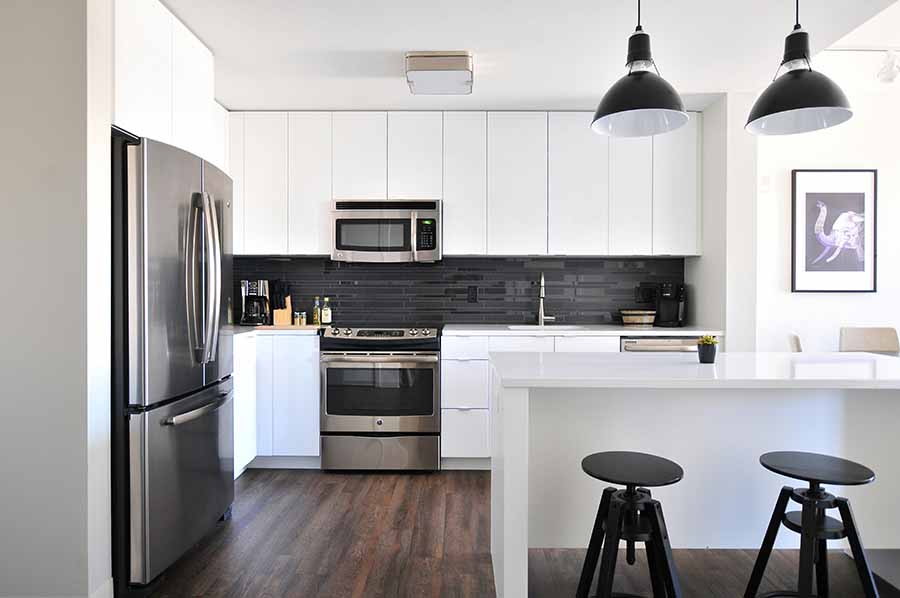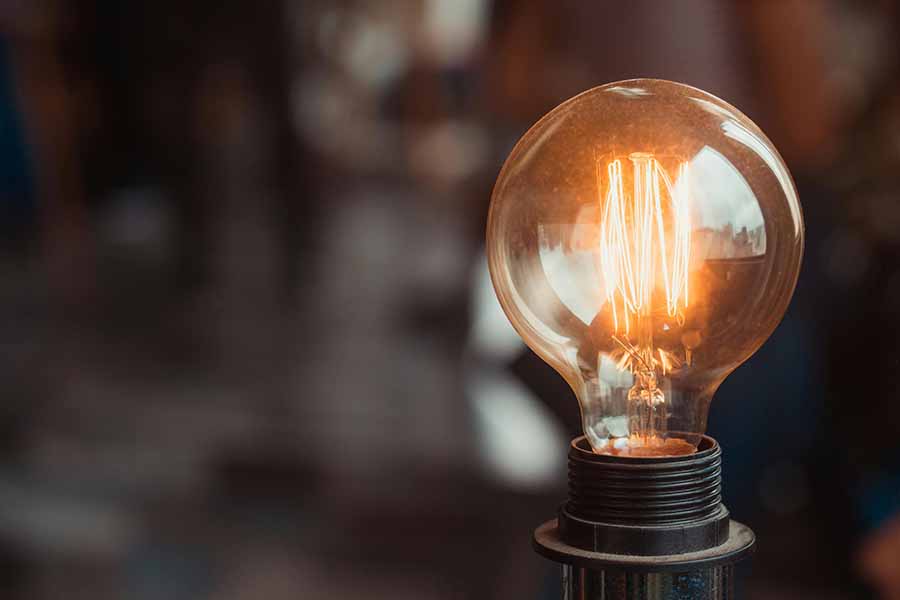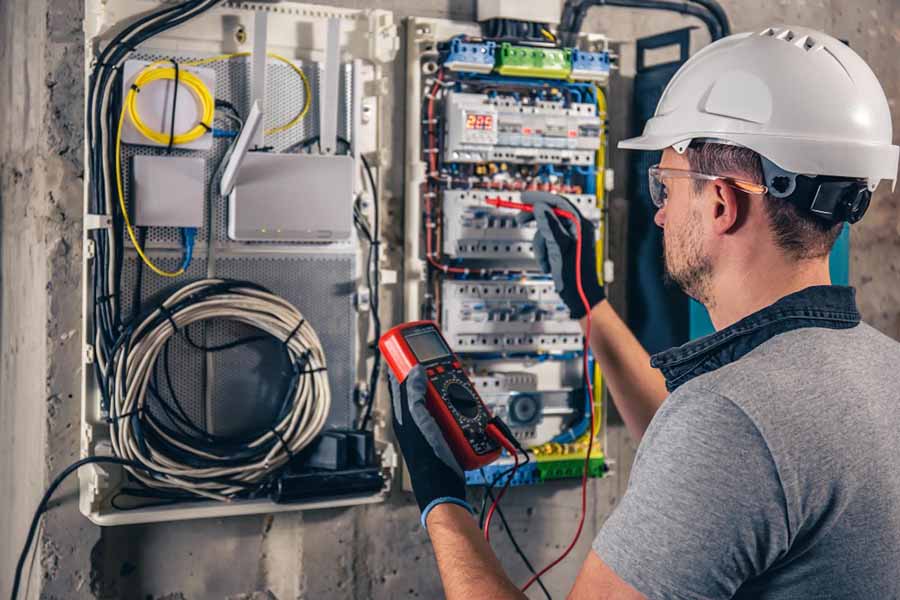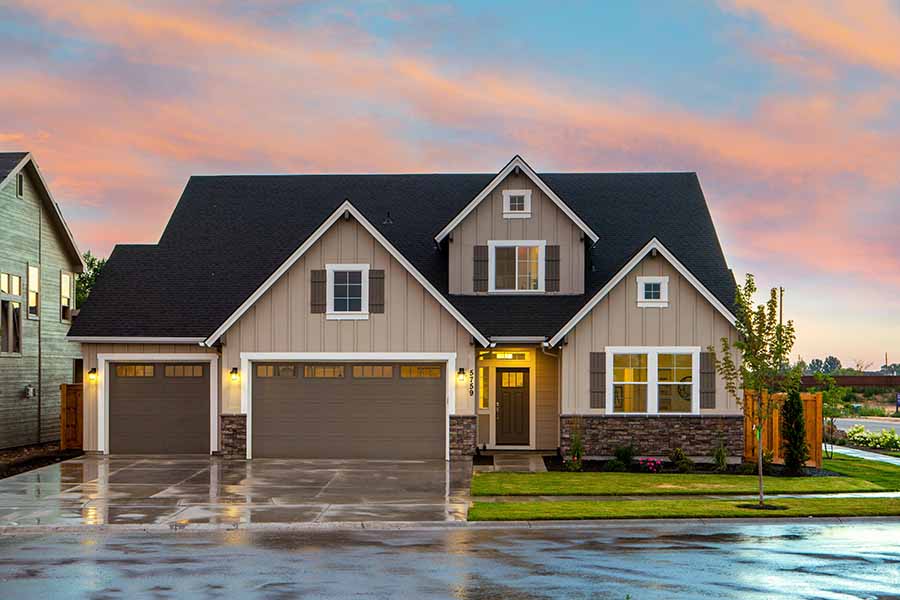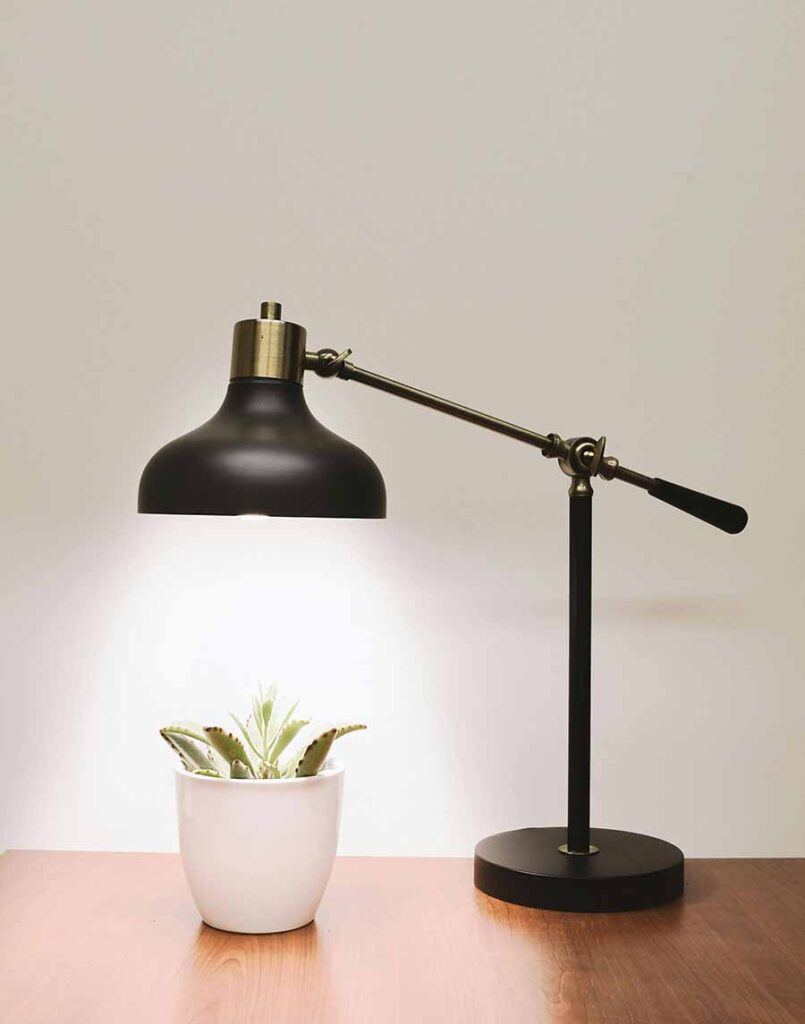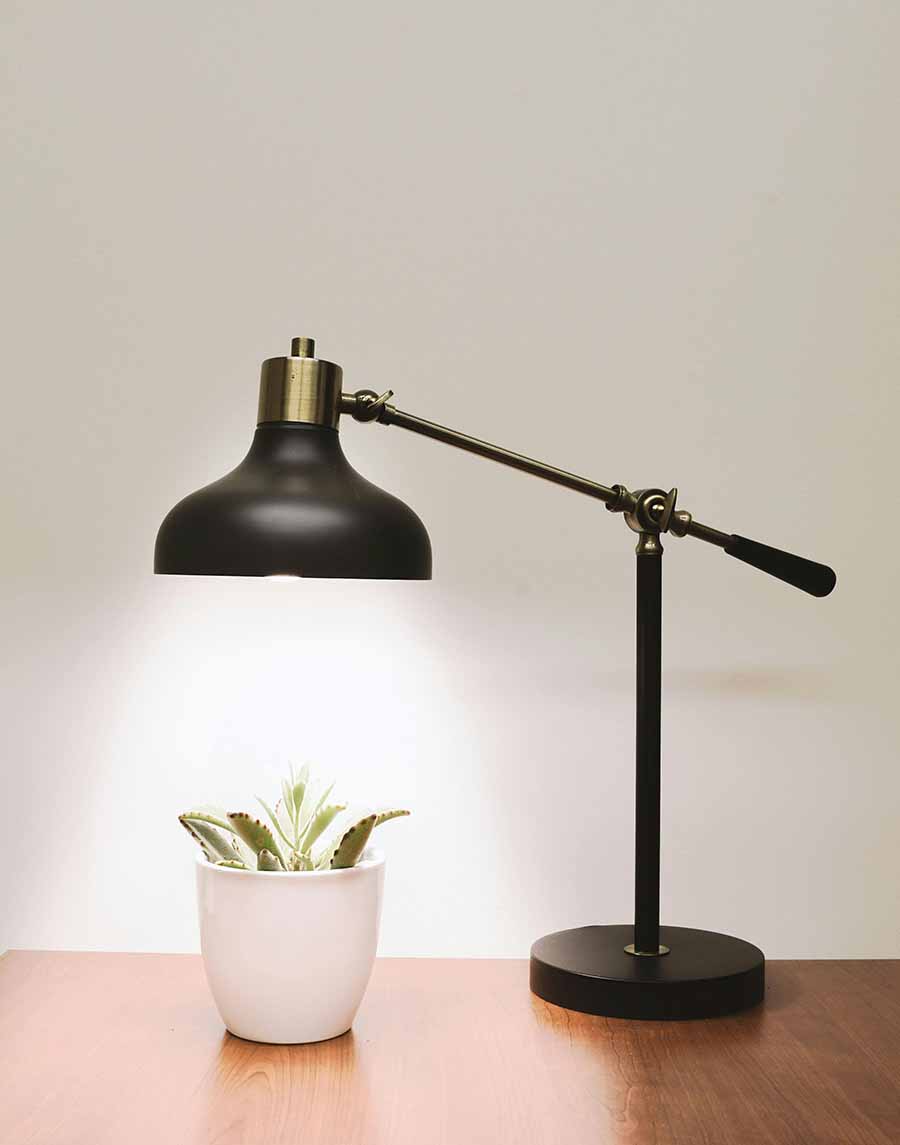In today’s world, energy efficiency is not just a buzzword but a practical and necessary approach to managing household expenses and reducing environmental impact. Upgrading your home’s electrical system is a significant step toward achieving energy efficiency. Whether you’re building a new home or renovating an existing one, here’s a comprehensive guide to help you navigate the process of home electrical upgrades for energy efficiency.
1. Understanding the Basics
Before diving into the specifics, it’s crucial to understand what energy efficiency means. It involves using less energy to perform the same task, which reduces energy waste and saves money. Electrical upgrades in a home can significantly contribute to this by improving the efficiency of your electrical system and the appliances it powers.
2. Upgrade Your Lighting
One of the simplest and most effective upgrades is transitioning to energy-efficient lighting. LED bulbs, for example, use up to 75% less energy and last 25 times longer than incandescent lighting. Consider the following steps:
- Replace Incandescent Bulbs with LEDs: This is an easy swap that can be done room by room.
- Install Dimmer Switches: These allow you to adjust the brightness according to your needs, saving energy.
- Use Motion Sensors and Timers: These are especially useful in areas like hallways and outdoor spaces, ensuring lights are only on when needed.
3. Upgrade to Energy-Efficient Appliances
Home appliances account for a significant portion of energy use. When upgrading, look for appliances with the ENERGY STAR label, which signifies they meet strict energy efficiency guidelines set by the U.S. Environmental Protection Agency.
- Refrigerators and Freezers: Modern energy-efficient models use much less electricity.
- Washing Machines and Dryers: Look for front-loading washers and moisture-sensing dryers.
- Dishwashers: New models use less water and energy, especially those with a soil sensor that adjusts water usage based on the level of dirtiness.
- HVAC Systems: Upgrading to a high-efficiency heating, ventilation, and air conditioning system can significantly reduce energy consumption.
4. Upgrade Your Electrical Panel
Older homes may have outdated electrical panels that are not equipped to handle modern energy demands efficiently. Upgrading your electrical panel can improve safety, allow for the integration of renewable energy sources like solar power, and improve the overall efficiency of your electrical system.
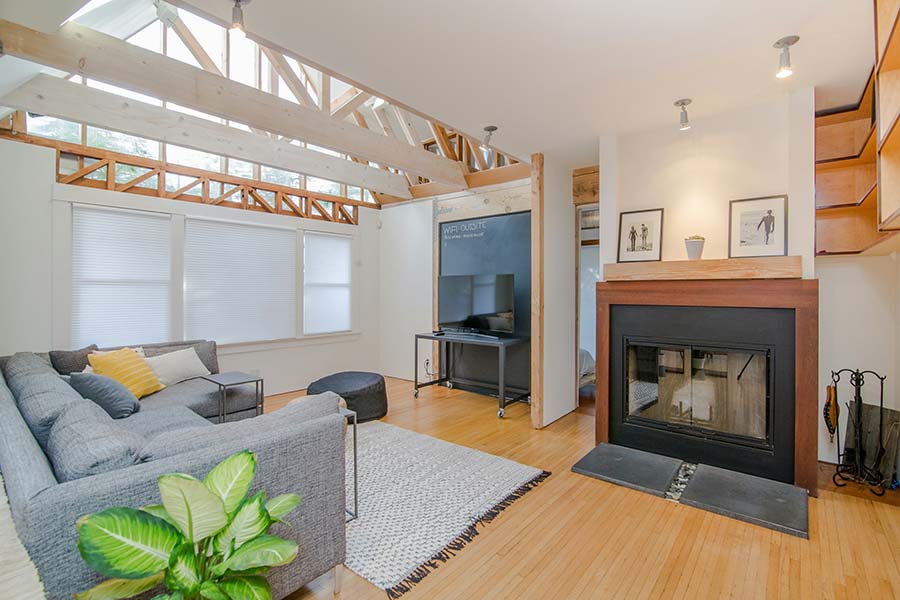
- Increase Capacity: Ensure your panel can handle current and future energy loads.
- Smart Panels: These provide real-time monitoring of your energy usage, helping you identify areas where you can save.
5. Install Smart Home Devices
Smart home technology can optimize your energy use by automating and controlling various aspects of your home.
- Smart Thermostats: These learn your schedule and adjust the temperature accordingly, saving energy when you’re not home.
- Smart Plugs and Power Strips: These can cut off power to devices that are not in use, reducing standby power consumption.
- Home Energy Monitors: These devices give you detailed insights into your energy use, helping you make informed decisions about where to cut back.
6. Improve Insulation and Weatherproofing
While not directly related to the electrical system, improving your home’s insulation and weatherproofing can greatly enhance overall energy efficiency.
- Insulate Attics and Walls: Proper insulation keeps your home warmer in the winter and cooler in the summer, reducing the load on your HVAC system.
- Seal Windows and Doors: Use weather stripping and caulk to prevent drafts, maintaining a stable indoor temperature.
7. Renewable Energy Integration
Consider integrating renewable energy sources like solar panels or wind turbines into your home. These can reduce your reliance on the grid and lower your energy bills.
- Solar Panels: Modern solar panels are more efficient and affordable than ever. They can significantly cut your electricity costs and, in some cases, allow you to sell excess power back to the grid.
- Wind Turbines: Suitable for homes in windy areas, these can supplement your energy needs effectively.
Conclusion
Upgrading your home’s electrical system for energy efficiency is a worthwhile investment that can lead to substantial savings and a reduced environmental footprint. By making strategic upgrades to lighting, appliances, your electrical panel, and integrating smart home technology and renewable energy sources, you can create a more efficient, comfortable, and sustainable living environment. Take the first step today and start planning your energy-efficient home electrical upgrades.

